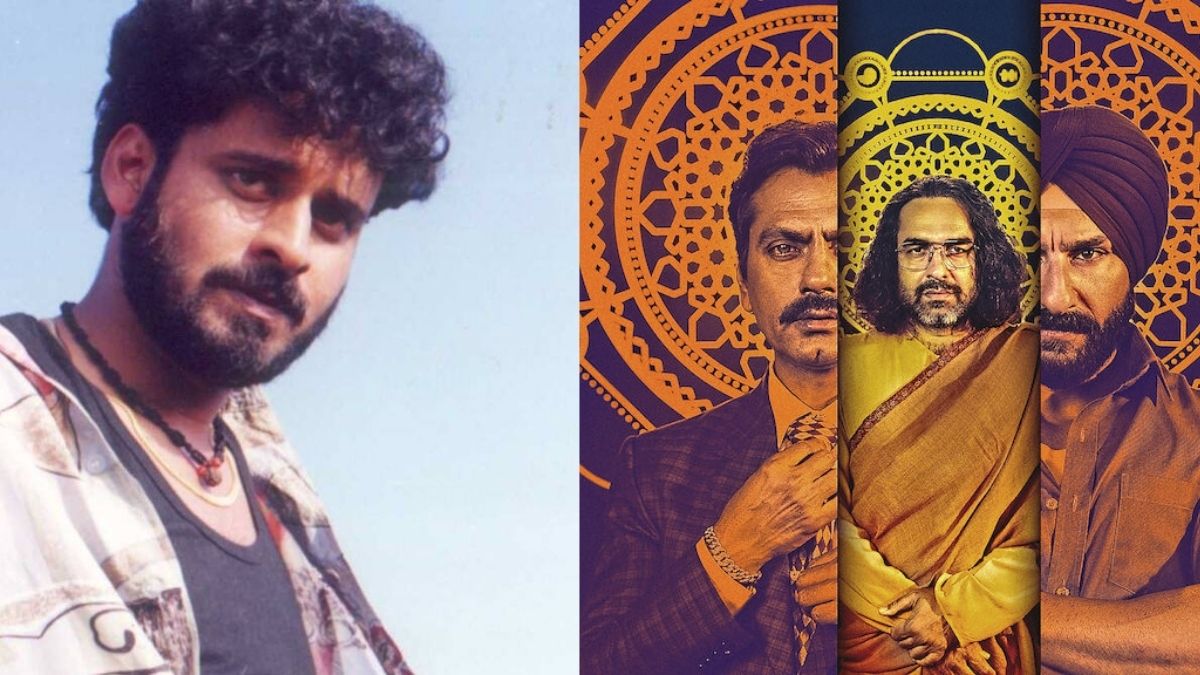
It was only while hosting a conversation with Saurabh Shukla, co-writer of Ram Gopal Varma’s Satya, aka Kallu Mama—as we celebrated 20 years of the July 3, 1998, release of the masterpiece at the Jagran Film Festival last week—that it dawned on me how, possibly the most ‘Bombay film’ ever was, in fact, made by a bunch of people with such little experience of Bombay itself.
Shukla, who had earlier made his acting debut with Shekhar Kapur’s Bandit Queen (1995)—an acknowledged inspiration for Satya, for its gritty realism—had only recently moved to Mumbai to work on a TV show with Kapur. Shukla’s second film as actor was Sudhir Mishra’s Iss Raat Ki Subah Nahin (1994)—similarly set at the intersection of the upper-class, and the under-belly of Mumbai. It’s a film, Shukla suggests, Varma was a fan of.
Likewise, writer Anurag Kashyap, who had not only assisted on Satya, but led a team to screen-test, hand-pick the film’s cast, hadn’t been in Mumbai for long either—having moved from Delhi (like Shukla), being originally from Banaras.
Furthermore, Hyderabadi Varma himself had relocated to Mumbai to make Rangeela with Aamir Khan only in 1994—post the epochal ’93 serial blasts that wholly redefined not just the city’s underworld, but the renamed-city itself. Through his associate Kannan Iyer, Varma had heard of one Gerard ‘Jerry’ Hooper, who headed the cinematography department at Drexel University in Philadelphia.
Against much resistance from the crew for hiring “a ‘gora’ American who’d never been to India”, Varma had Hooper take over as Satya’s director of photography (DoP). As Shukla puts it, Varma was clear that he “wanted an eye that gets excited by the visuals of this city. Jerry saw Bombay from a different perspective.”
He came down for six weeks, shot the crucial ‘Daagdi Chawl’ sequences, and others; but importantly, according to Shukla, figured out a way to shoot in small, dingy rooms, bouncing light from the outside—leaving enough space for actors to perform, totally unperturbed by lighting equipment, or heat generated from any strong lighting within.
Being a “lethargic writer”, Shukla was keen to work on Satya’s scripting so he could play Kallu Mama. The first time he met Varma (along with Kashyap, and Manoj ‘Bhikhu’ Bajpayee), he quoted two existing Hollywood landmarks/templates for underworld films—Francis Ford Coppolla’s The Godfather (1972), and Martin Scorsese’s Goodfellas (1990).
Whereas both are incredibly realistic, the difference, he cited, was that Godfather was set in a world that as a lay person, you could maintain a comfortably safe distance from. “In Goodfellas, the characters live in your world.” This became the reference point for Satya. You could argue that was the case with Suketu Mehta’s non-fiction masterpiece, Maximum City, as well—also set in ‘90s Bombay, written by an Indian-origin American ‘outsider’, curiously looking in.
Like Maximum City, Satya too was wholly inspired by urban legends, anecdotal accounts, personal interviews, and news reports. The third day of Satya’s shoot, for instantly, had to be canned early, because music-industry czar Gulshan Kumar had been shot dead on a Mumbai street that day. The episode made it to Satya as it wrote itself while being filmed at the same time!
Was Bombay boy Vikram Chandra’s Sacred Games, published in 2006—a 900-page tome, that in the age before Kindle was impossible to lug around—equally, wholly inspired by the ‘90s Bombay underworld? Admittedly so. Very few non-Indians have seen Satya. Exactly 20 years after its release, a relatively fantastical, broadly grim first season of Sacred Games dropped globally, as a fine Netflix fix.
The super series kicks off with a cracker (first episode is by far the best), gets slightly middling exactly in the middle (episode four is undoubtedly the weakest), before it fully settles into a self-assured pace and rhythm to fictionally chronicle how Bombay became Mumbai, as it were. The show is supposed to be a completely insider’s take—like say Narcos (from Colombia), or Fauda (from Israel/Palestine)—for a universal audience.
Satya didn’t have a so-called sacred Bible/script. Besides the door-stopper of a novel, Sacred Games has three fine writers (Varun Grover, Vasant Nath, Smita Singh), put together in a room by show-runner Vikramaditya Motwane, who’s also co-directed the series—mainly the cop Sartaj Singh’s (Saif Ali Khan) portions, placed in contemporary Mumbai—along with Kashyap, chiefly concentrating on don Ganesh Gaitonde’s (Nawazuddin Siddiqui) track, that’s set in the past.
Kashyap considers Satya his ‘film school’. Black Friday (2004) on ’93 blast investigations was his first released film, based on S Hussain Zaidi’s book, that Vikram Chandra had unofficially mentored, for its writing/craft.
Chandra was also the first point of contact for Mehta, who wrote Maximum City. Likewise, Zaidi was Chandra’s official guide to the Bombay underworld, several characters from which have made it to a series of Zaidi’s journalistic/non-fiction books since. Sacred Games is dedicated to Zaidi. It’s been filmed by Kashyap (along with Motwane). Sounds like 20 years coming full circle to me! Of course, Bombay is not the same anymore.
